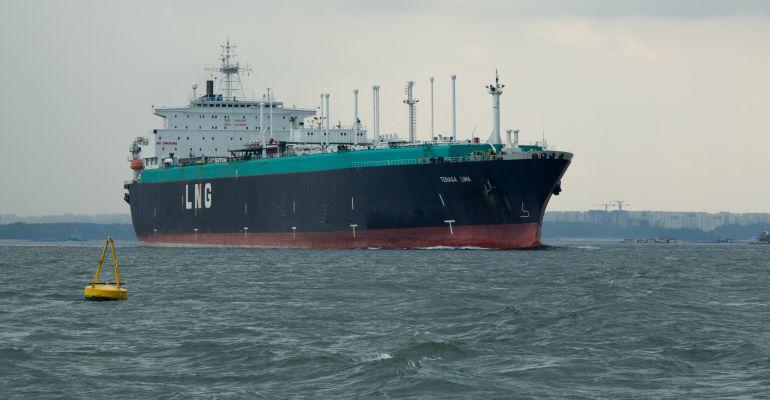Despite support packages lined up by governments and power companies, ‘drastic moves’ may become necessary before the onset of winter, Rystad said, predicting that the power crunch is likely to strike earlier than expected.
Warning that it is increasingly a case of ‘when’, not ‘if’, the crisis arrives, Vladimir Petrov, the firm’s senior power analysts said: “Europe’s options with regard to gas, coal, nuclear and renewables filling the power gap are extremely limited and costly. European governments have announced a raft of policies to secure more supply, support consumers, and potentially curb demand should the crisis continue. The point at which the crisis will bite more deeply is looking closer and closer.”
Germany, Europe’s largest economy, has been hit hardest by the energy crisis because Russian gas accounted for about 55% of its supplies. There are few options for extra gas imports at present, Rystad said, although the Netherlands could ramp up output from the giant Groningen field, once Europe’s largest gas reserve. This is politically sensitive, however, following a succession of earthquakes over the last three decades.
Coal plant life extensions
Now, coal plants earmarked for decommissioning to meet greenhouse gas reduction targets are to undergo life extensions. Altogether, 46.7 GW of installed coal power generation was to be decommissioned between now and 2038 and this number was expected to fall to 36.1 GW this year, with the closure of about 24 units.
About 80% of the plants originally planned for decommissioning between 2020 and 2022 burn imported hard coal. Their life extensions will mean more imports. Prices, already dramatically higher than the beginning of the year, are likely to climb further. Rystad noted that AP12 thermal coal benchmark (6,000 kilocalories per kilogram delivered ARA range) is now trading at about $377 per tonne, up almost $250 since early January.
Suppliers of high-energy, low sulphur coal include South Africa, Colombia, and Australia, potentially good news for operators of panamax and capesize bulkers. Exports from South Africa have increased sharply this year, Rystad said, but lifting volumes further is a challenge. Most of the country’s exports are handled by the Richards Bay Coal Terminal which is currently operating at reduced capacity due to disruption on the railway, run by state operator Transnet. Producers are now even turning to road transport for the 90km journey at a price four times higher.
Nuclear power shutdowns
Meanwhile, in Europe, seven nuclear power stations with just over 7GW of capacity are due to be shut down between now and the end of next winter. None of these is likely to have shutdown reversals, with the phase-out of three German plants signifying an end to the country’s use of nuclear energy. However, of the seven nuclear facilities, the three German ones are the most likely to continue operating for a spell, Rystad said, although no decision has yet been taken.
Each nuclear plant generates more than 1GW – energy that the analyst says would greatly reduce some of the stress likely to be evident in the power grid this winter.
One positive note: in separate analysis, the firm has predicted that US natural gas production is set to hit an all-time high in the months ahead and will continue to rise next year. The astonishing difference between the US benchmark Henry Hub price ($7 per MMBtu) and the Dutch TTF, the European marker ($47 per MMBtu) makes production, liquefaction and shipping an economically attractive proposition. However, there is now concern in some quarters over the supply of global LNG shipping capacity.
Copyright © 2024. All rights reserved. Seatrade, a trading name of Informa Markets (UK) Limited.
Add Seatrade Maritime News to your Google News feed.  |

